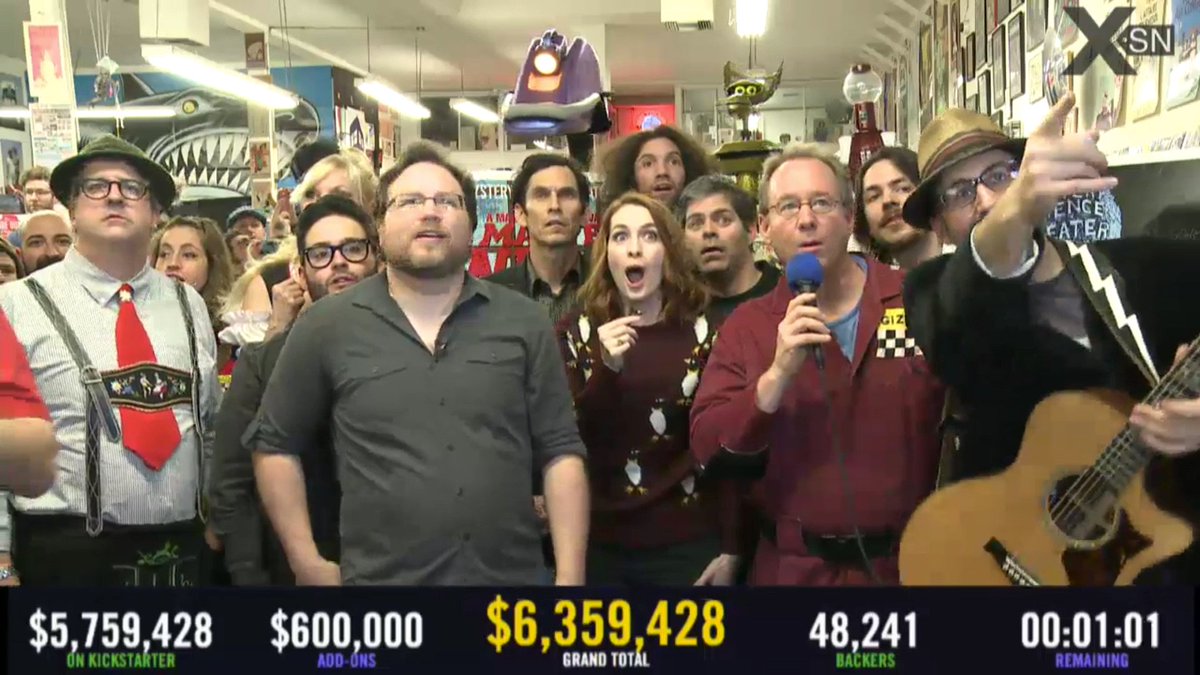
Atari, under new management, scrapped all of its video game products. Indeed, had the video game industry gone entirely smoothly for America it is probable that things would have developed quite differently.īut what actually happened was that the bottom fell out of the American game market in 1984. This is not to say that there were not plenty of great American arcade games at the time as well. Many of the most popular, biggest-grossing arcade games of the "golden age" were from Japanese designers.


Same with film the deeply involved fans knew of Kurosawa et al, but that was where it ended.īut by 1984, there were Japanese cultural products that had made huge inroads into worldwide markets. Of course, some hardcore comics fans followed the Japanese scene, but it wasn't mainstream. Both of these men would eventually become internationally celebrated, but at the time that it was actually created, their work was completely unknown outside Japan. Slump, started the first Dragon Ball series. In 1984, Hayao Miyazaki's first original feature film Nausicaa of the Valley of Wind hit it big at the Japanese box office, and Akira Toriyama, already known for his comedy manga Dr. Frederick Schodt had just published his book Manga! Manga!, detailing the immensity of the comics culture in Japan at the time, but if you read that book it only serves to illustrate just how little impact Japanese comics were at that point making on the American comic market - Schodt actually had to translate and print some examples of manga at the back of his book just so his readers could actually experience what he was talking about. Let's look at the availability of Japanese cultural materials in the US in the early eighties. Yano-san is almost as good as coming up with awesome soundbites as he is at designing addictive games. What connection do you see between the popularity of Japanese games and the growth of anime and manga in the American market? Why do you think Americans were receptive to Japanese games at a time when they seemed closed to other Japanese media content?

You quote game designer Keiichi Yano as saying "video games were the big can opener" which allowed other Japanese cultural materials to enter the American market.

Without further fanfare, let's get into the conversation: And his answers have been consistently illuminating about the relationship between the Japanese games industry and the American marketplace. Kohler has been very generous with his time and his thoughts responding to my question in the midst of an explosion of new stories about the launch of the new platforms and their impact on game culture. I hope by now I have convinced you that this book is worth a read. On Friday, I ran the first part of a two part interview with Chris Kohler, author of Power Up: How Japanese Video Games Gave the World an Extra Life and now the editor of Wired's games blog Game|Life.


 0 kommentar(er)
0 kommentar(er)
